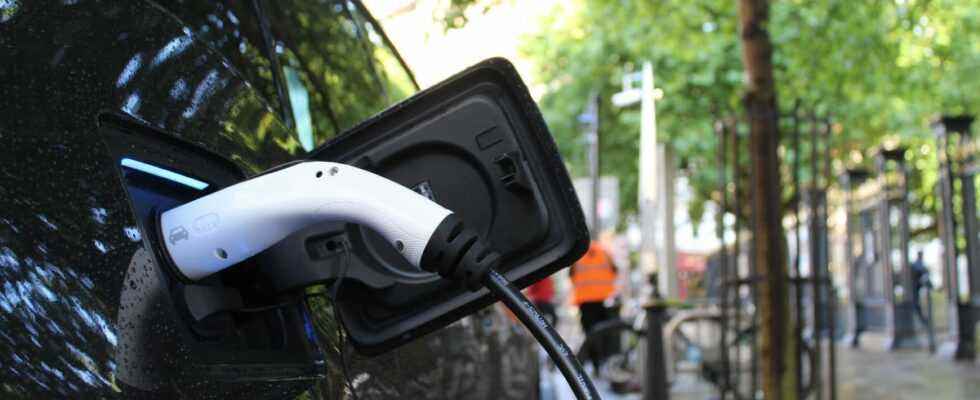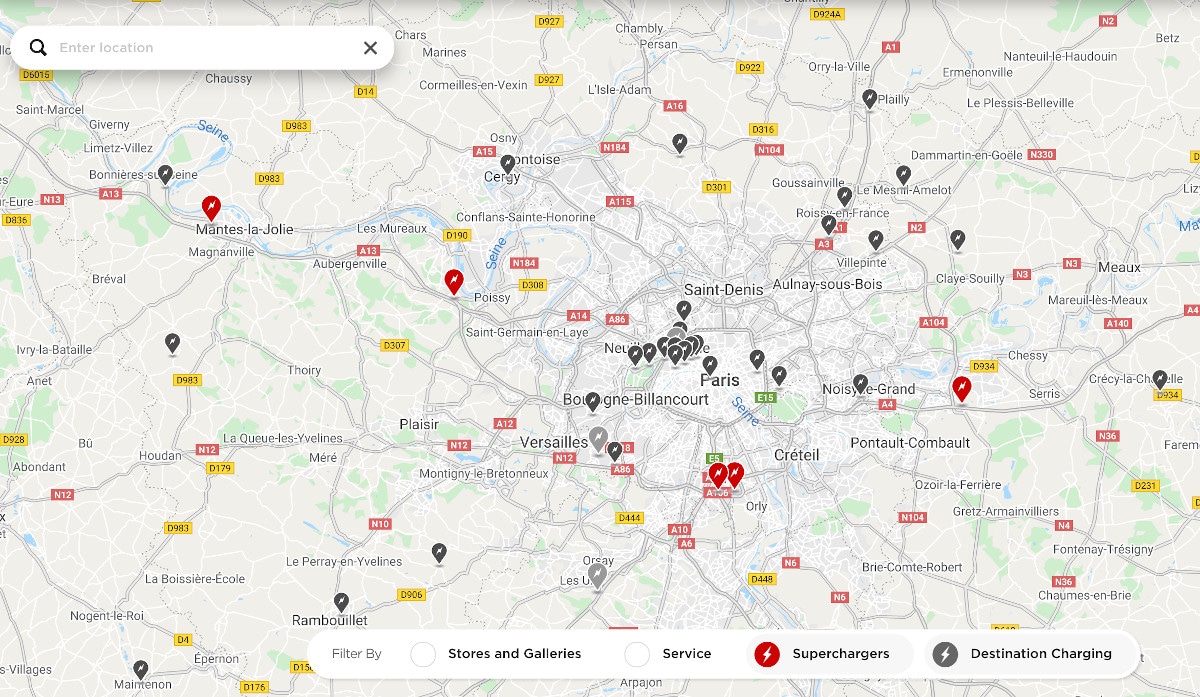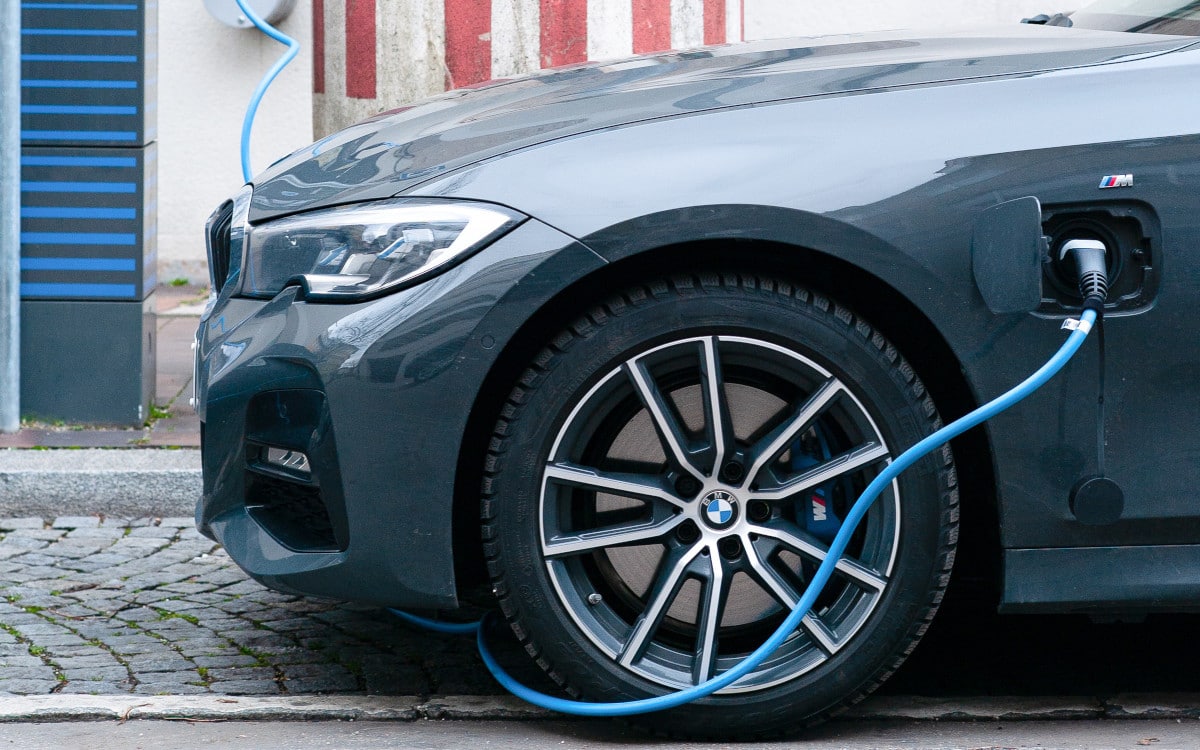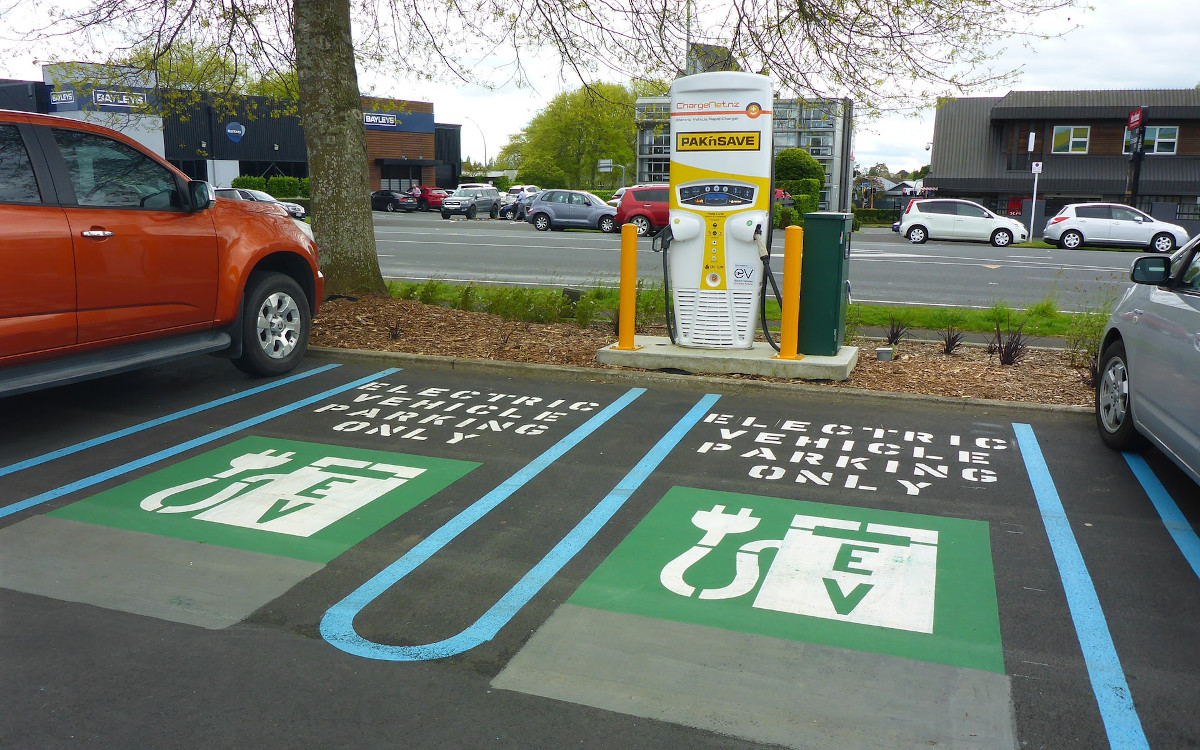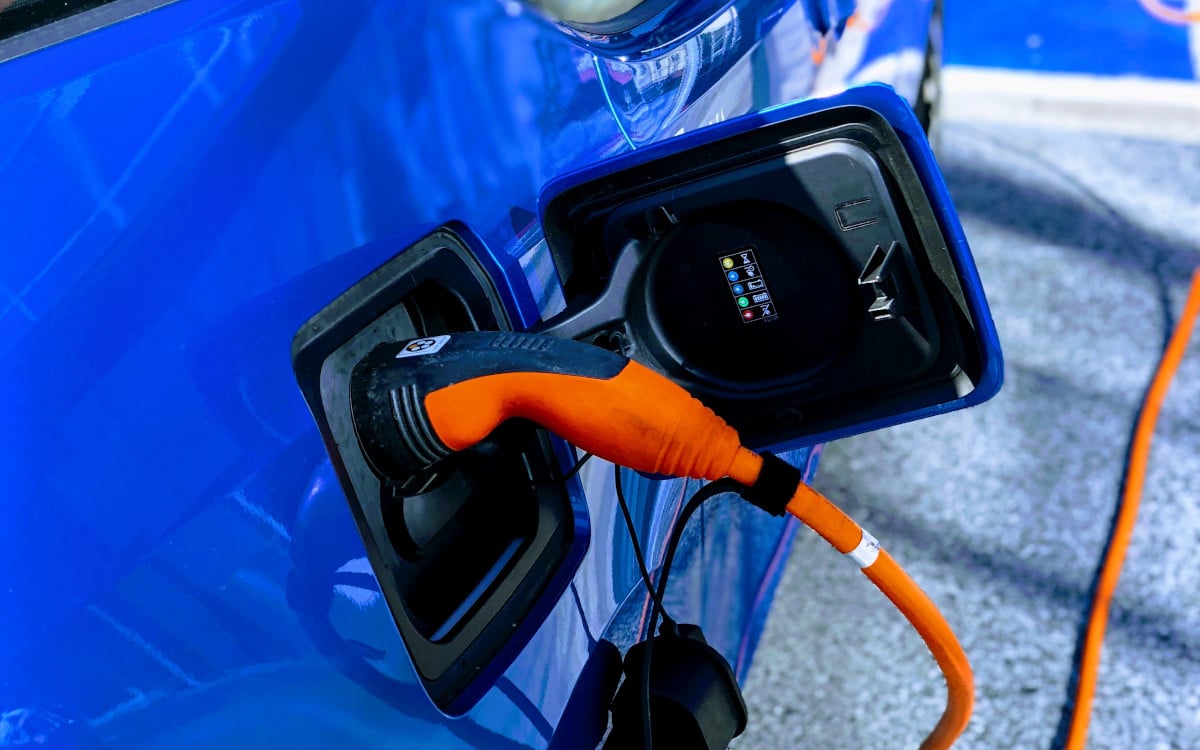Need to find a charging station for your electric car? To boost sales of electric and plug-in hybrid vehicles, Emmanuel Macron had promised that France would have at least 100,000 stations by the end of 2021. Unfortunately, in March 2022, there were actually fewer than 60,000 stations available. It is therefore always necessary to plan your trips in advance to avoid running out of fuel. In this file, we offer you tools to locate nearby infrastructurescompatible with your car, and we will show you the badges necessary to access most of them without multiplying subscriptions.
Electric cars are starting to become part of the urban landscape. They represent between more than 160,000 registrations in 2021… But what about charging stations? On the website of the Ministry of Economy, Finance, Action and Public Accounts, we learned at the end of 2019 that the objective is to bring their number to 45,000 by 2020.
At the beginning of 2020, on the occasion of the presentation of his support plan for the French automotive sector, the President of the Republic had affirmed that there would be 100,000 terminals available in France before the end of 2021. And the highways would all be equipped with fast charging stations every 150 kilometers.
Unfortunately, in March 2022, we saw that this ambitious figure had not been reached, and far from it! 57,732 charging pointsthis is the figure revealed by Avere France in its last National barometer of charging infrastructures open to the public.
Read also – Test ID.4: what is Volkswagen’s first electric SUV worth?
The number of charging stations is not the only problem, however. The stations are not managed by a single actor. And, unlike petrol stations, it is not always possible to use them other than with a badge or an access card. To make matters worse, not all of them have sockets that are compatible with all vehicles… Here’s how to locate and choose the right station.
Several maps can help you quickly find a charging station. Simply click on the link to access the map. You can also turn to some Indigo car parks (formerly Vinci).
Map of Tesla Superchargers
If you own a Tesla, you can opt for the official map of the manufacturer, with its available stations and a number of stations under construction:
Since February 2022, around fifteen stations have also been open to vehicles from competing brands that have a CCS socket. This is currently a pilot program.
Charge map
Here’s another handy resource, regardless of your vehicle brand this time around: the ChargeMap. This is extremely detailed and makes it easy to find the combination of sockets and charging modes. It is not possible for us to integrate it, especially since the site is on registration (free). But you can access it via the link below:
Vinci / Indigo car parks
The search engine of the Indigo (formerly Vinci) car parks site makes it easy to find those that have a charging station for electric vehicles:
Google Maps and station locations
Since October 2018, an update to Google Maps has made it possible to display the charging stations available in an area. A new update published in April 2019 adds an interesting novelty: Google Maps also indicates whether terminals are in use in real time.
Finally, a third update, deployed in December 2019, makes it possible to display the list of socket formats offered by the terminal. This allows you to select a terminal without fear of not being able to recharge when you arrive at your destination. This notion is important. We talk about it in the next part of this file.
Electric car charging stations: 4 different types of sockets
In this part, we talk more specifically about charging socket formats and compatible charging stations. Unlike the gas station, it is not enough to go to any charging station to fill up. There are two reasons for this: first, not all electric cars and charging stations have the same type of connector.
The different sockets are being standardized within the European Union, which should ultimately lead to greater simplicity. But in the meantime, some allow you to charge a wide variety of vehicles, most in a slow version, while others are exclusive to certain brands. Provided you have the right cable in your possession. In general, it is when you come across a fast charger that you have to worry the most about these compatibility problems, because beyond 20kW, the cable and its connector, therefore, are necessarily attached to the terminal.
It is therefore advisable to find out about the form factor of the socket used by your vehicle. These are mainly of 4 types:
- CHAdeMo : used mainly by Japanese and East Asian manufacturers (Nissan, Mitsubishi, Kia, etc.). Teslas are compatible with this format, but only with an adapter
- CCS Combo : German manufacturers (BMW, Volkswagen, Audi, etc.)
- Tesla Supercharger
- Type 2 with fast charging (Tesla and Renault Zoé)
Read also – Carrefour will install 2000 charging stations in France by 2023
Charging stations: beware of slow stations
Beside these types of sockets, there are mainly 4 charging modes:
- Mode 1 : non-dedicated fixed socket (slow charging mode on the conventional electrical network)
- Mode 2 : non-dedicated socket with protection device incorporated in the cable (slow or fast charging mode with smart features)
- Mode 3 : fixed socket on dedicated circuit (fast charging mode)
- Fashion 4 : DC connection (optimized fast charging mode)
Depending on the brand of your vehicle and the adapters available, you have access to a very variable number of charging stations. And they are not necessarily fast. This means that the charging time can vary from less than an hour to several hours (even the rest of the day) in the case of slow charging. These are data to take into account when choosing a brand of electric car: how you will use the vehicle and, above all, what types of plugs are compatible with the terminals near you or on your usual journeys.
Also read: Discover the first real service station 100% dedicated to electric cars
Once you know which stations are compatible with your vehicle and their availability, you must pay to access the service. In theory, each charging station network offers an independent subscription and it is very rare that you can pay directly by credit card. Fortunately, there are solutions – single cards providing access to multiple kiosk networks. Here are some of these services:
- ChargeMap Pass: the same site we were telling you about for charging station cards offers a single access card to €19.90 and charges “a reasonable commission” for each act, without further details. You can get an idea of the number of stations accessible via the ChargeMaps map above by activating the ChargeMaps Pass filter.
- IZIVIA Pass (EDF): the IZIVIA network, a subsidiary of EDF, offers access to more than 120,000 charging stations in France and Europe. The subscription also gives access to the Corri-Door network with 200 terminals scattered over the network of motorways in France (one terminal every 80 km). Several subscription formulas are available for individuals and professionals from €0 per month and €1/5min.
- Shell Recharge card: access a network of 275,000 charging stations in 33 countries. The card is free: you only pay for the recharge.
- Plugsurfing: Access 135,000 charging stations throughout Europe for only €9.95 (cost of the card). Depending on the station you will pay a fixed price, the duration of the recharge, or the energy consumed.
- Freshmile Pass: the site offers an RFID key fob giving access to 50,000 charging points. It costs €4.99 in single purchase – the site only talks about reasonable charging rates, but it is possible to consult them for each station via their map and application.
- KiWhi Pass: This card gives access to 43,000 charging points in France, i.e. 93% of the national network. The offer is divided into two formulas: the first is by subscription (24 € per year) and provides access to charging stations with a user fee of 35 euro cents (in addition to the cost of charging). The second is a one-time purchase of 19 € for the menu. With this option, you pay a usage fee of 70 euro cents each time you top up.
Other maps are available depending on the region you live in, such as West Load for example which brings together the terminals of Brittany and part of the Pays de la Loire.
Read also – Your mileage costs will be increased by 20% in 2021 if you drive an electric car
